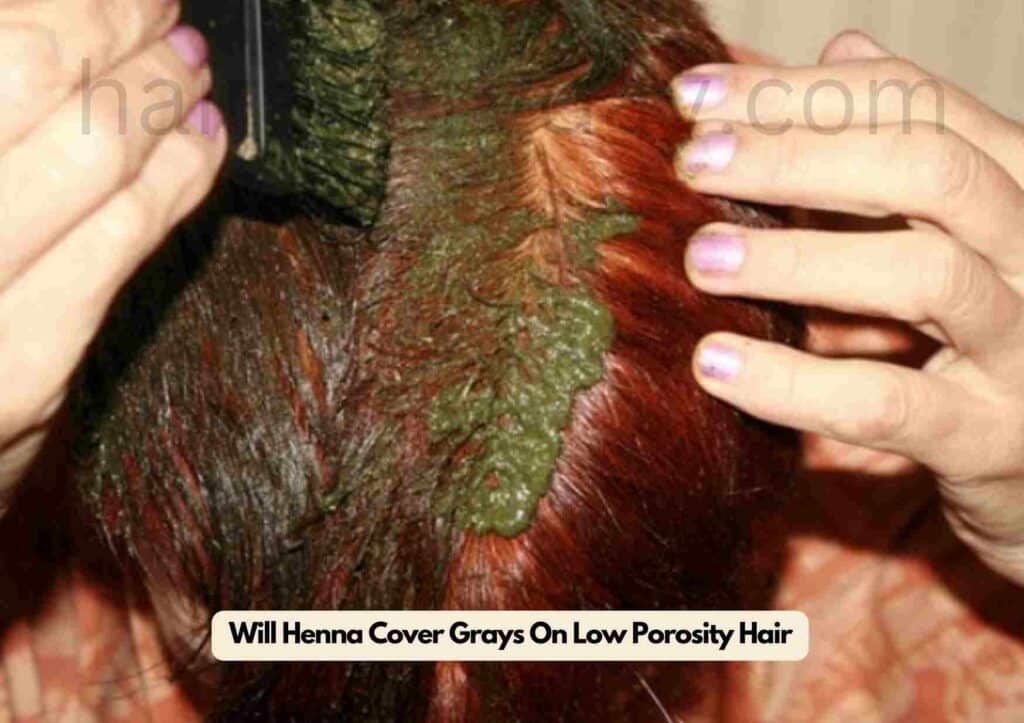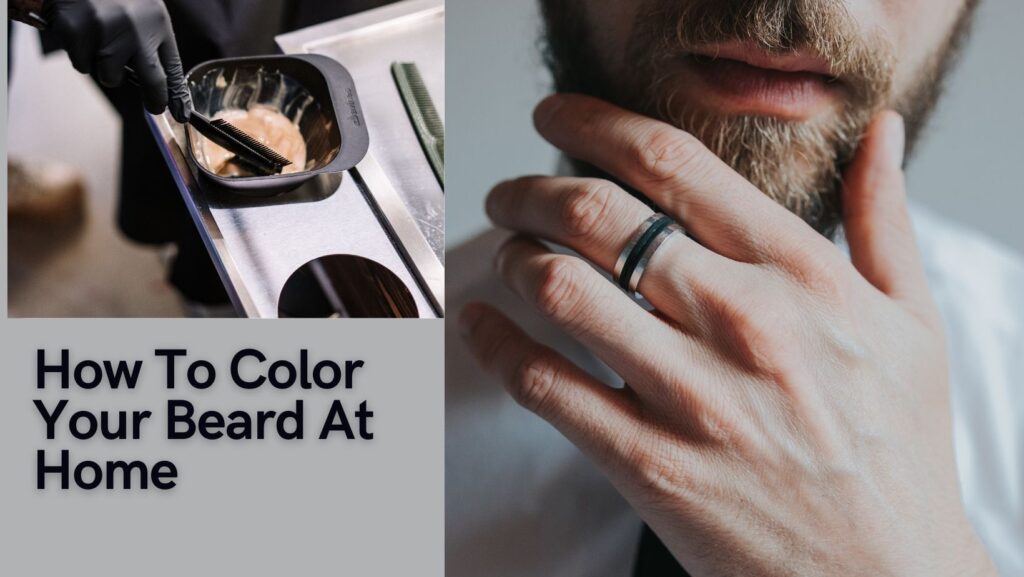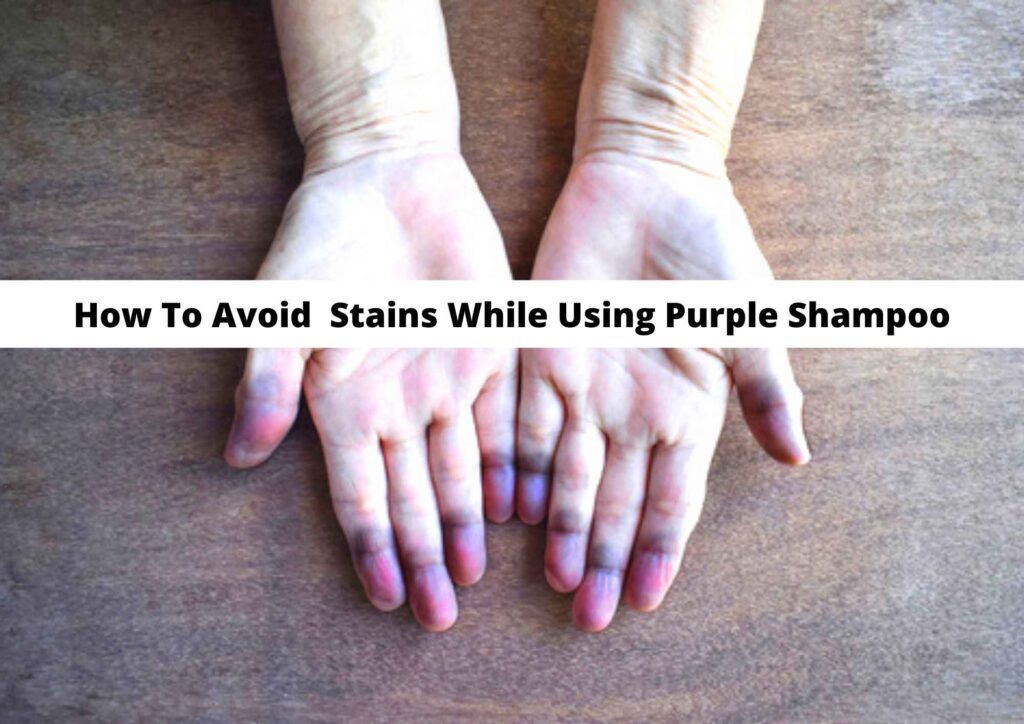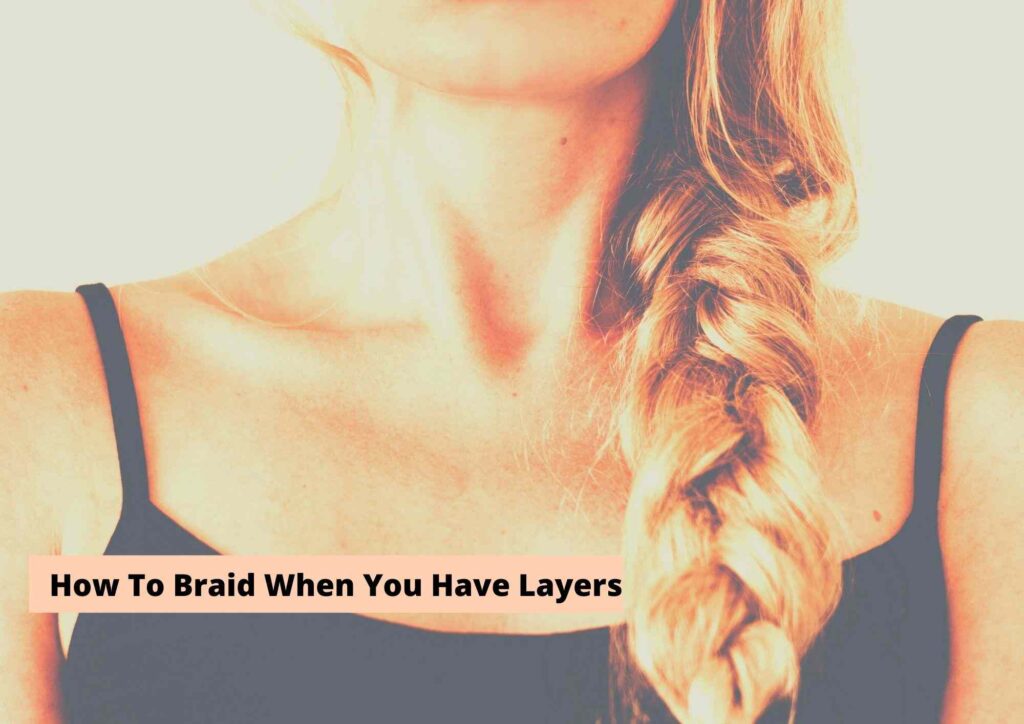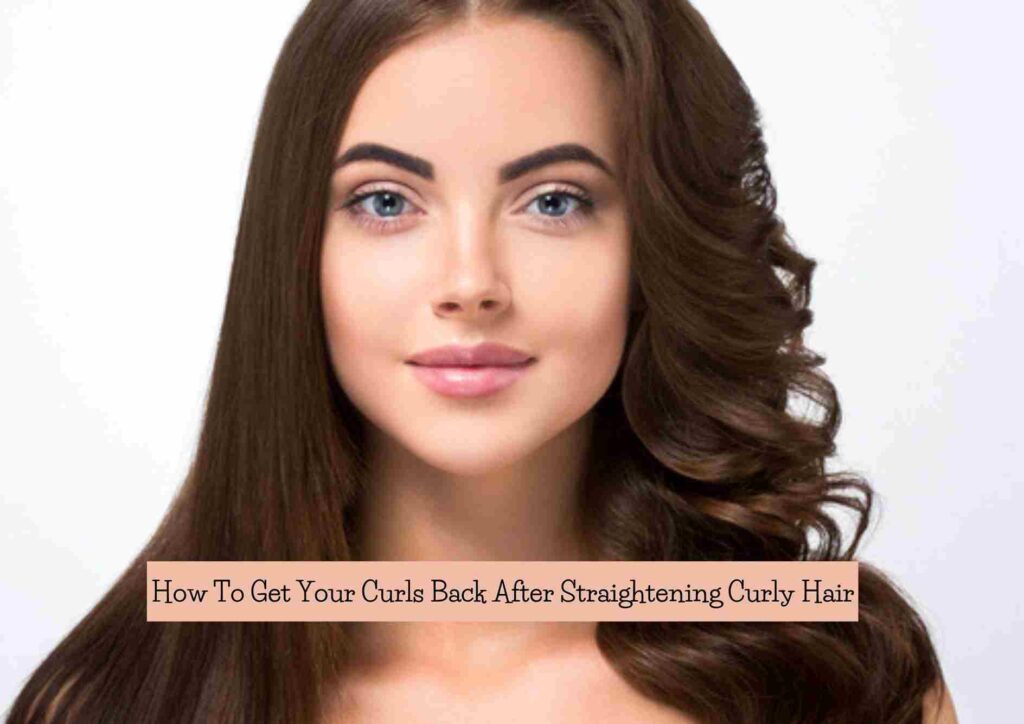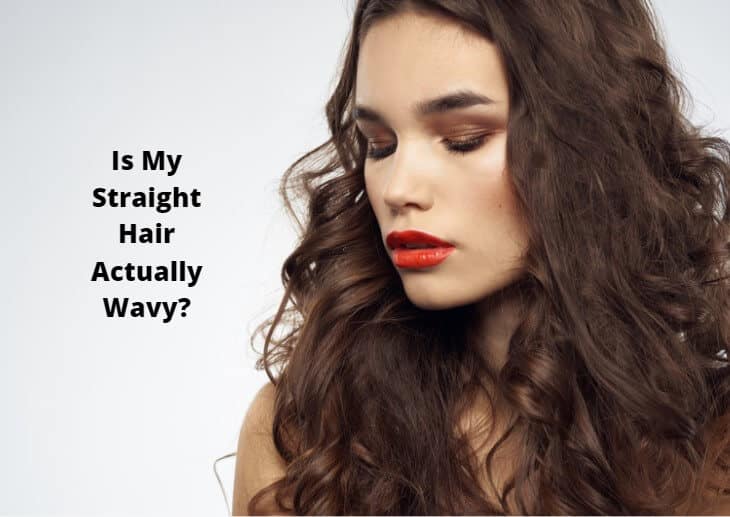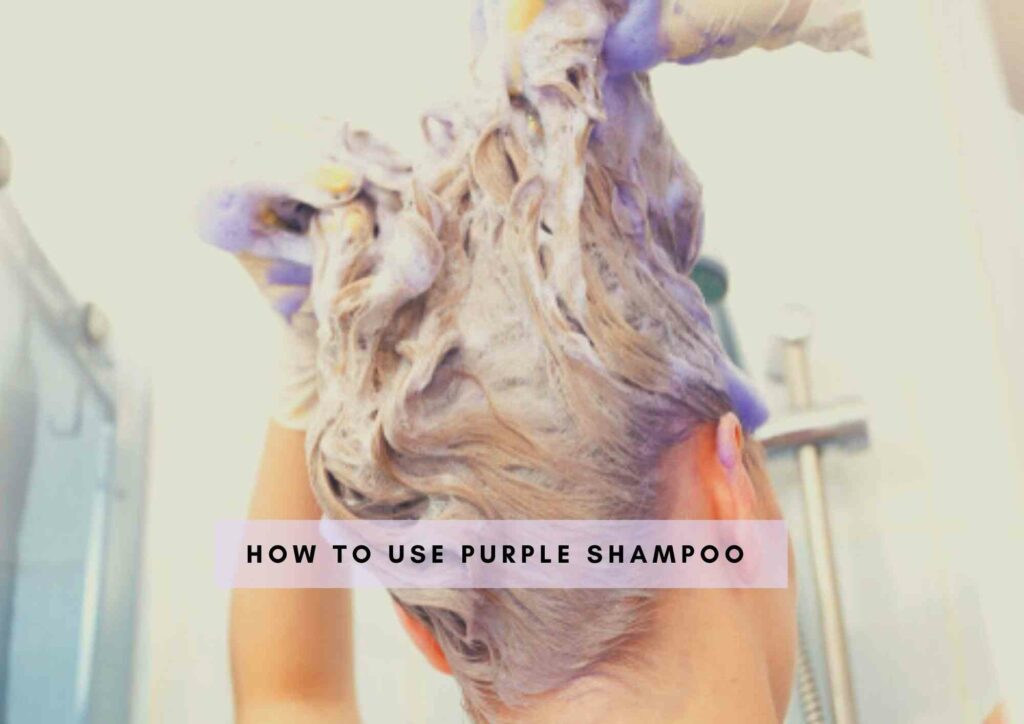Will Henna Cover Grays On Low Porosity Hair? Here’s how to color grey hair if it has low porosity and if it’s possible using natural colors like henna or indigo.
Grapple with grays no more! Dive into the world of henna as a natural, gentle solution for covering gray hairs, even on low-porosity strands that resist conventional dyes. This comprehensive guide explores how henna works its magic, ensuring full coverage and a lush, vibrant mane regardless of your hair’s porosity.
Is It okay to apply henna to low porosity hair?
Yes, it’s generally okay to apply henna to low porosity hair. Henna coats the hair shaft and can provide a semi-permanent color that is natural and plant-based. However, due to the low porosity hair’s characteristic of being less absorbent, it’s important to ensure the hair is thoroughly cleansed and maybe slightly damp before application to aid in better henna penetration. Conducting a strand test beforehand is advisable to predict the color outcome and to ensure compatibility with your hair type.
Will Henna Cover Grays On Low Porosity Hair
Many people with low porosity hair wonder if henna will be effective in covering their grays. The answer is not a simple yes or no, as it all depends on the individual’s hair type and the quality of the henna used.
Henna is a natural dye that has been used for centuries to color hair and skin. It is made from the leaves of the henna plant, which is grown in many parts of the world. When mixed with water, henna powder releases a red-orange dye that can stain hair for several weeks.
While henna is generally safe for use on all hair types, its effectiveness in covering gray hair can vary. This is especially true for low porosity hair, which has tightly closed cuticles that make it harder for hair dye to penetrate.
That being said, there are several things you can do to improve henna’s ability to cover grays on low porosity hair. One approach is to use high-quality henna powder that is fresh and organic.
This will ensure that the henna contains a high concentration of dye molecules that can penetrate the hair shaft. Another way to improve henna coverage on low porosity hair is to mix the henna with an acidic liquid, like lemon juice or apple cider vinegar.
The acid will help to open up the hair cuticles and allow the henna to penetrate. You can also leave the henna mixture on your hair for a longer period of time, up to four hours, to give it more time to penetrate.
In summary, henna can cover grays on low porosity hair, but it may require some experimentation and patience to achieve the desired results. With the right technique and quality henna, you can achieve a vibrant and natural-looking color that lasts for several weeks.
How To Apply Henna Hair Color On Low Porosity Hair
If you have low porosity hair, you may be wondering if henna will cover your grays. Well the good news is, yes it can! However, there are some important steps you need to take in order to properly apply henna to your low porosity locks.
First and foremost, make sure your hair is thoroughly washed and free of any products. This will help the henna penetrate your hair shaft better. Secondly, mix your henna powder with a liquid that has a pH of 5-6, such as apple cider vinegar or lemon juice.
This will help open up your hair cuticles and allow the henna to better penetrate your hair. Next, section your hair into small pieces and apply the henna to each section, making sure to thoroughly saturate each strand.
Then, cover your hair with a plastic shower cap and leave the henna on for at least 4-6 hours. This will give the henna enough time to properly dye your hair. After the designated time has passed, rinse your hair with warm water until the water runs clear.
Do not use shampoo or conditioner, as this can strip the henna from your hair. Finally, style your hair as usual and marvel at your beautiful new color!
Remember, henna is a natural alternative to synthetic dyes, and while it may take a bit more effort to properly apply, the results are well worth it. So go ahead and embrace your low porosity hair with its gorgeous new hue!
Why Is It Difficult To Dye Low Porosity Grey Hair
Have you ever tried dyeing your low porosity hair, only to find that gray strands still stand out like a sore thumb? It’s frustrating, isn’t it? But why is it so difficult to cover gray on low porosity hair? Let me break it down for you.
Low porosity hair has tightly closed cuticles that make it difficult for moisture and products to penetrate. This means that when you try to dye your hair, the color molecules struggle to enter the hair shaft, leaving a less than satisfactory result.
Now, factor in gray hair. Gray hair is notoriously resistant to color because it lacks the pigment that naturally exists in our hair. That’s why it’s difficult to even dye gray hair that has high porosity, let alone low.
To make matters worse, if you’ve been using heat styling tools, it can make your low porosity hair even more resistant to color. The high heat can damage the cuticle layer, making it even harder for color molecules to penetrate.
But don’t despair! There are ways to prepare your hair for dyeing, even if it’s low porosity and gray. One solution is to clarify your hair with a clarifying shampoo or apple cider vinegar rinse.
This removes any product buildup and opens up the cuticle, allowing color to penetrate more easily.
Another option is to use a color depositing shampoo or conditioner. These deposit color onto the hair strands without penetrating the cuticle. However, be aware that they may not cover gray hair completely.
In short, it’s not impossible to cover gray on low porosity hair, but it can be challenging. Don’t give up hope – try different techniques and see what works for you.
Do You Need To Mix Developer With Henna To Cover Grey Hair
Are you tired of gray hairs constantly popping up on your low porosity hair? Henna is a natural and effective solution, but do you need to mix developers with it to cover gray hair? The short answer is no, you do not need to mix developer with henna to cover gray hair.
Henna, when applied correctly, has the ability to coat your hair strands and penetrate the cuticle layer to provide a long-lasting color. It is also known to improve the overall health of your hair by strengthening and conditioning it.
However, if you have stubborn grays or want a more vibrant color, you can mix henna with a low volume developer. This will help the color penetrate deeper into the hair shaft and provide more coverage.
But be warned, using a higher volume developer can cause damage to your hair and should be avoided. It’s important to note that henna can be difficult to work with and requires some patience and practice.
Make sure to follow the instructions carefully and do a patch test before applying it to your entire head. It’s also important to choose a high-quality henna powder, as some may contain chemicals that can damage your hair.
In conclusion, henna can indeed cover gray hair on low porosity hair without the need for a developer, but using it can result in more vibrant and thorough coverage. Whether you choose to mix with a developer or not, always prioritize the health of your hair and choose quality products.
What Are The Disadvantages Of Using Henna For Hair
Firstly, henna can be difficult to remove once it has been applied to the hair. This is because henna penetrates the hair shaft and binds to the hair protein, creating a permanent stain that cannot be washed out.
If you decide to use henna on your hair, you must be willing to commit to the look for an extended period of time. Secondly, henna can cause dryness and breakage if it is applied too frequently or left on for too long.
This is especially true for individuals with low porosity hair, as henna can further seal the hair cuticle, making it difficult for moisture to penetrate. Additionally, henna can cause allergic reactions in some individuals, resulting in itching, swelling, and redness.
Lastly, while henna is often touted as a natural alternative to chemical hair dyes, it can still contain harmful chemicals if it is not sourced from a reputable supplier. These chemicals can cause long-term damage to the hair and scalp, and may even contribute to hair loss.
Why You Should Trust Haireveryday?
The author of this article, Leah Marie Priest has a degree in Cosmetology with years of experience in dealing with hair care, scalp care, and hairstyling. As someone who extensively deals with all kinds of hair textures, products, styling methods and more, hair Leah Marie knows what kind of products and procedures suit each hair type and person. We have also tested these hair products and processes ourselves to provide you an unbiased review about every product. Each of our articles are also reviewed by a team of medical professionals so that you get the most accurate and expert-reviewed information.
In summary, while henna can be a great option for those looking to dye their hair naturally, it is important to be aware of the potential disadvantages before making the commitment.
Ensure that you source your henna from a reliable supplier and do a patch test beforehand to avoid any adverse reactions.
Also Read:
- Related: Are Cantu Products Good For Low Porosity Hair
- Related: Is Shea Moisture Coconut And Hibiscus Good For Low Porosity Hair
- Related: Is Hair Gel Bad For Low Porosity Hair
- Related: Is Coconut Oil Bad For Low Porosity Hair
- Related: Are Protein Treatments Bad For Low Porosity Hair
- Related: How to Grow Low Porosity Hair
To Summarize

